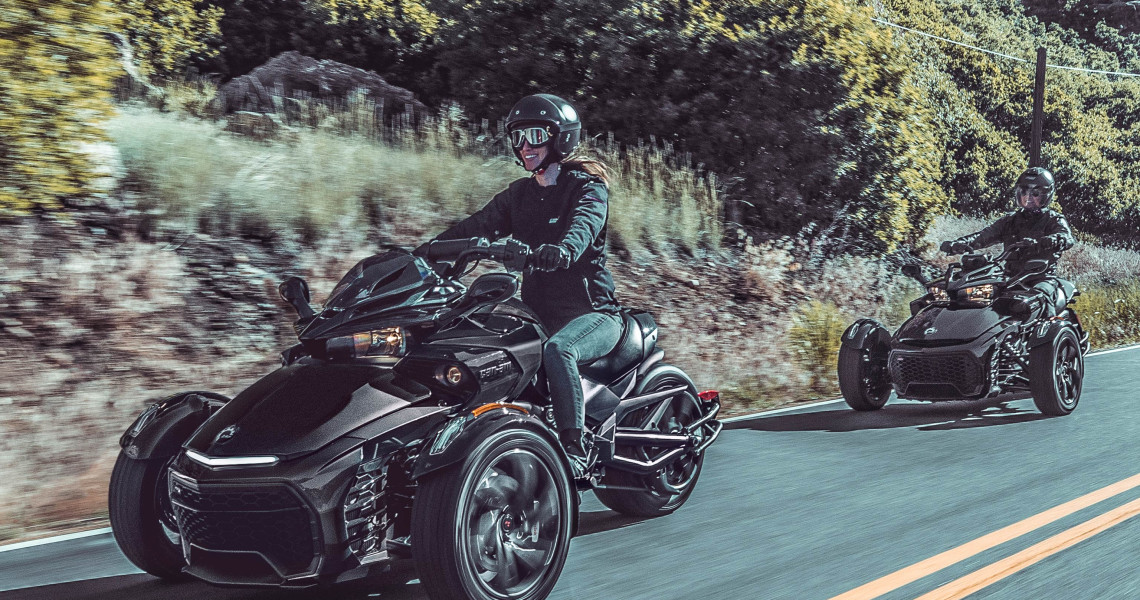- Messages
- 11,051
- Location
- My mother's basement
My ex boss, an owner of a BMW sports/touring bike...well don't get him started on the the typical Harley rider. He has toured big chunks of the world on his bike....Africa, Mongolia, SAmerica. He says the typical Harley rider gets on his bike on a Saturday morning rides it down to the local Starbucks where he sits with fellow Harley riders drinking coffee before heading home and parking the bike for another week.
Harley riders come in varieties. I have friends who own (and have owned) Harleys, and I have motorcycling friends who look down their noses at Harleys.
I’ve ridden coast-to-coast and back (on a Moto-Guzzi). For a few years motorcycles were my primary mode of transport.
There’s a biker bar maybe three miles from here. The bikes in the lot at any given time are almost entirely Harleys, with the occasional Indian or Victory. I’m guessing the owners on average spend more time admiring their bikes and talking about their bikes than actually riding their bikes. And that’s fine, really. Having put as many miles on motorcycles as I have, I can attest to how a person, especially a person of a certain age, might not want to be astride his motorcycle for hours on end.
I’ve angered motorcyclists by reminding them of how dangerous motorcycling is, as compared to car travel. (One such motorcyclist used to be a regular participant in this online community.) As measured per passenger mile travelled, motorcycling is 27 times deadlier — not 27 percent, 27 times. This is not to say that a motorcyclist is likely to get killed, but that the odds of a fatality are much, much higher. A cousin’s eldest offspring died riding his Harley (no helmet, massive brain injury). He left behind a wife and kids. A fellow I know wrecked his Kawasaki and acquired a wheelchair.
There’s this absurdity in this state and a few others that mandate the use of seatbelts in cars but allow adult motorcyclists to ride sans helmet. This is not an argument for or against helmet laws, but rather merely pointing out how we accommodate behaviors in certain groups we don’t tolerate in others.






